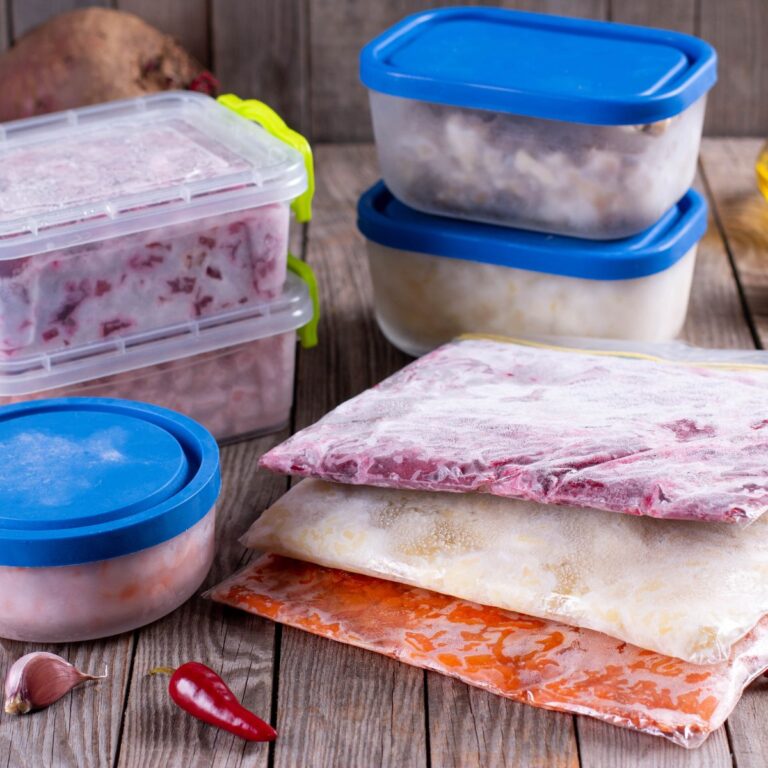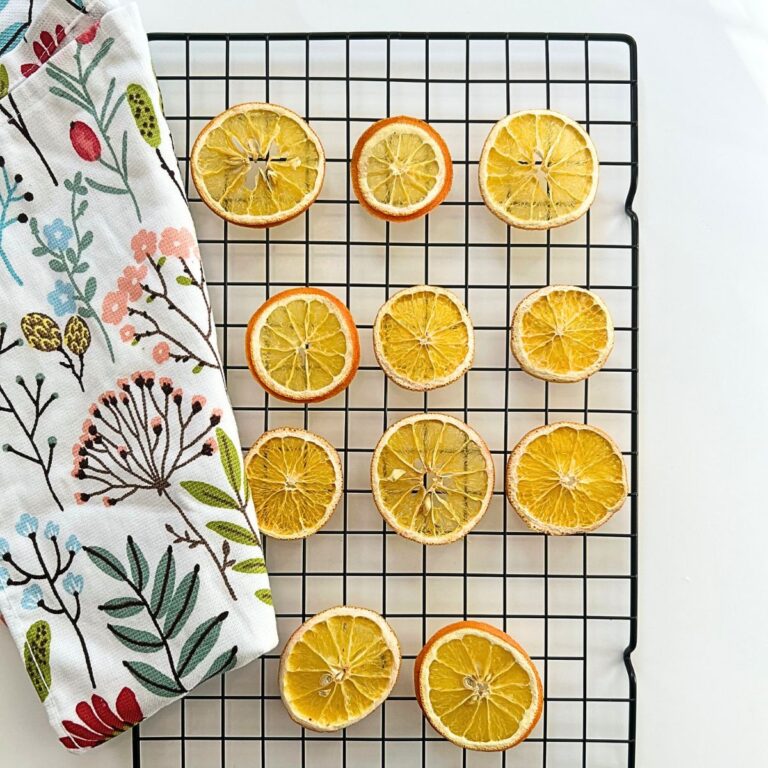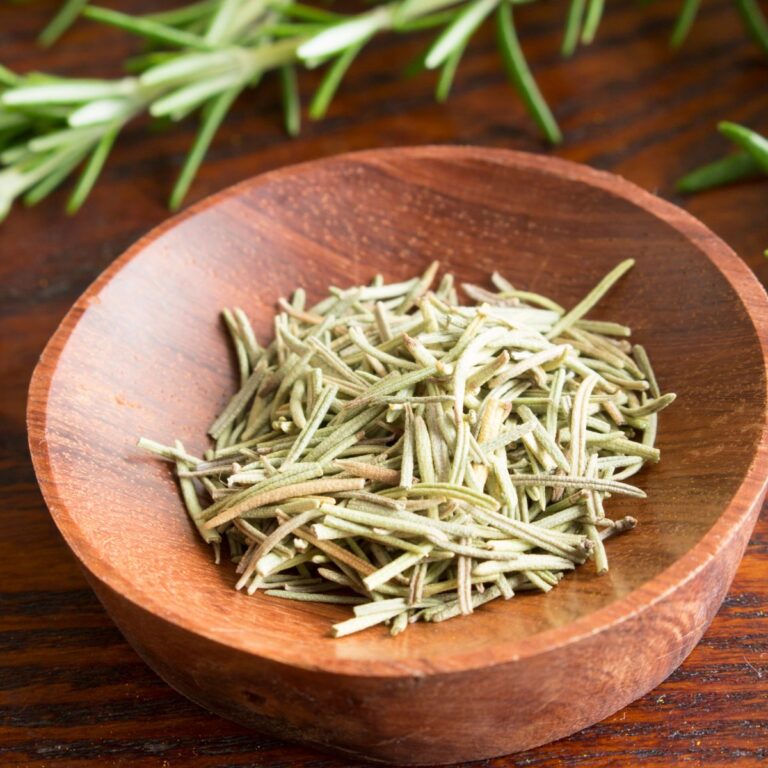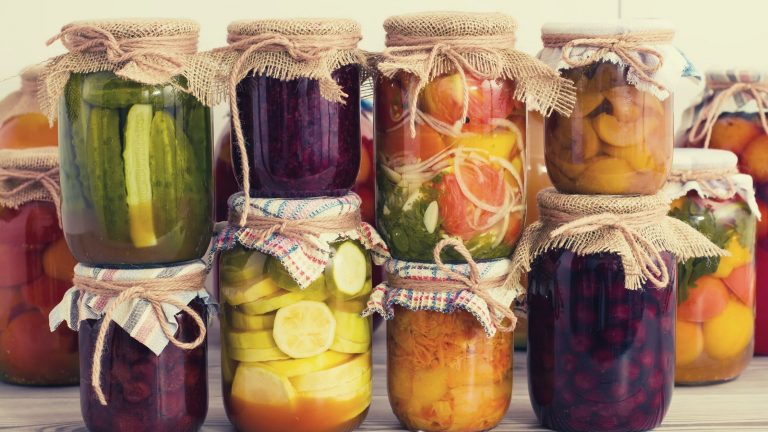This post may contain affiliate links.
Pumpkins are incredibly versatile, serving various purposes from Halloween decorations to feeding livestock and cooking delicious meals.
Given their multifunctionality, growing pumpkins on our homestead seemed like a natural choice. Once you’ve harvested your pumpkins, the next crucial step is determining the best method for storing them to ensure their longevity and quality.
Here’s a guide on the best way to store your pumpkins.
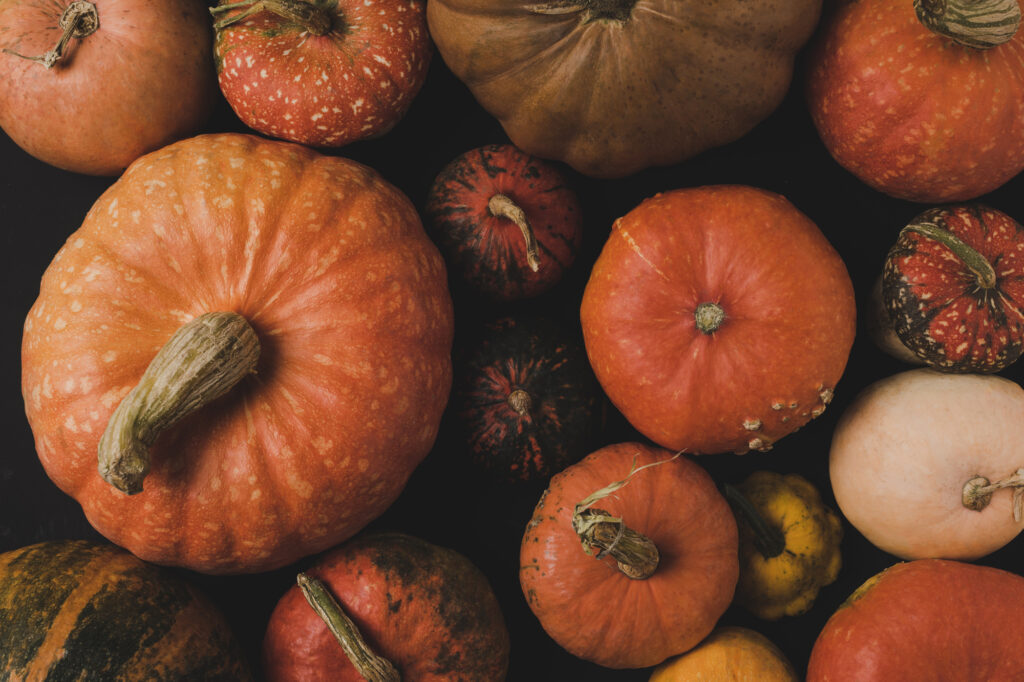
1. Storage Area
Once the pumpkins have completed the curing process, it’s time to store them properly. Place them in a cool, dry location with a temperature ranging from 50-55°F and humidity between 50-70%. It’s crucial to ensure there’s adequate airflow around each pumpkin and that they don’t touch each other. When stored correctly, whole pumpkins can be kept for 2-3 months.
2. Bleach Solution
Another option for storing pumpkins, especially if keeping them whole is essential, is to wipe down the skin with a bleach solution. This helps to prevent rotting and extends the shelf life of the pumpkins. By using a bleach solution, the shelf life of pumpkins can be extended to around 6 months.
3. Pureeing & Freezing
For those planning to use pumpkins in cooking, pureeing and freezing them is an excellent method for storage. Frozen pumpkin puree can last for a year or more before its taste begins to deteriorate.
How to Cure Pumpkins
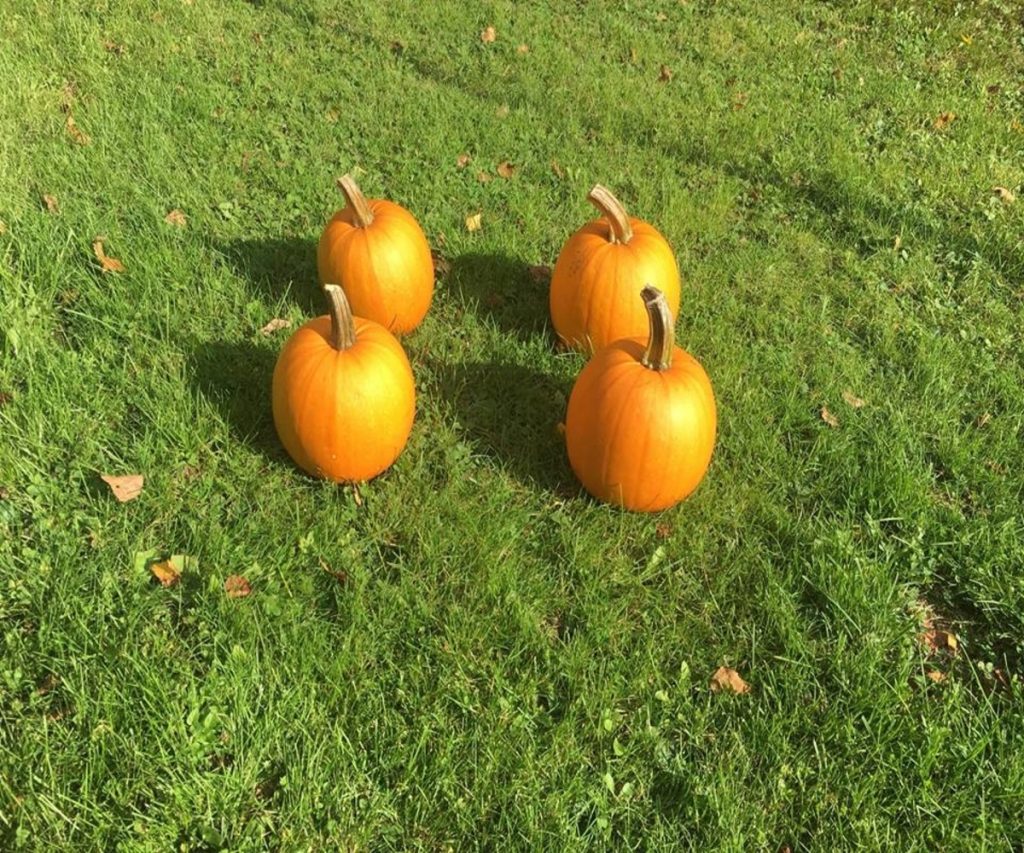
Curing is an essential step in the post-harvest process for pumpkins. It involves allowing the pumpkins to sit out, dry, and develop tougher skin, which helps protect them. Additionally, curing allows any blemishes to heal and helps ripen pumpkins that might not be fully matured.
Pumpkins need to undergo curing for at least 10 days. Ideally, they should be kept at a temperature of 80-85°F with a relative humidity of 80-85%.
If the outdoor conditions are suitable, pumpkins can be cured right in the field where they were harvested. Ensure they have enough space between them for proper airflow.
However, if it’s going to rain or the weather is cold, find an indoor spot for curing. For instance, after five days of curing, if unexpected rainstorms hit, we moved our pumpkins to our pantry, which retains heat well and is typically warmer than the rest of the house.


